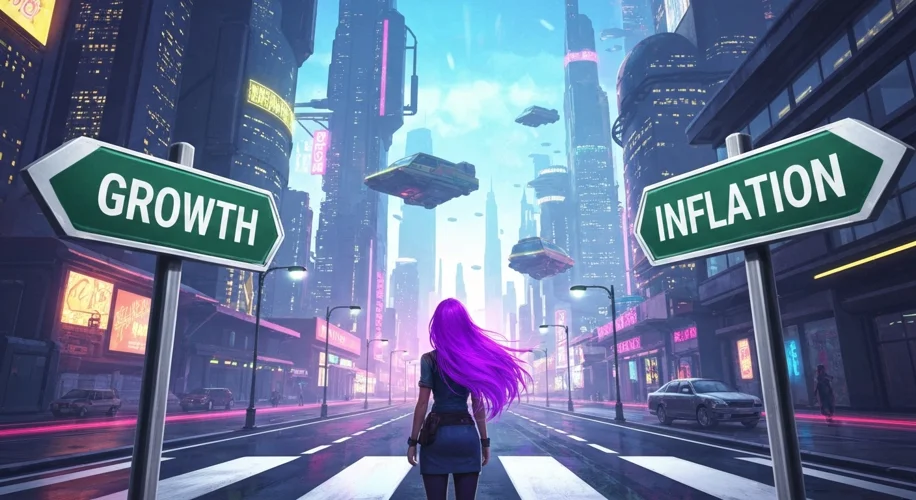It feels like we’re talking about the economy more than ever these days. From the headlines about inflation to whispers of a potential slowdown, it’s easy to feel a bit uneasy. One term that keeps popping up is “stagflation.” As someone who’s spent decades navigating the ups and downs of the tech world, I’ve learned that understanding economic concepts can give us a clearer picture of where things might be heading.
So, what exactly is stagflation? Simply put, it’s a nasty combination of slow economic growth, high unemployment, and rising prices. Normally, you see growth and inflation move together, or growth and unemployment move in opposite directions. Stagflation breaks that pattern, creating a difficult environment for everyone.
Historically, the most famous period of stagflation was the 1970s. Back then, a couple of major oil crises sent energy prices soaring. This, combined with government policies, led to a situation where prices kept climbing while the economy struggled to create jobs. It was a tough time, and it took years for policymakers to find a way out.
Now, here we are in mid-September 2025, and some of the indicators we’re seeing today remind me a bit of that era. We’ve seen periods of elevated inflation, and while the job market has shown resilience, there are signs of cooling in certain sectors. Supply chain issues, geopolitical events, and shifts in consumer demand can all play a role in these complex economic dynamics.
From my perspective in tech, we often deal with similar challenges: trying to innovate and grow while facing unexpected disruptions. Think about the chip shortages a few years back – they impacted everything from smartphones to cars, slowing down production and increasing costs. That’s a micro-example of how supply shocks can ripple through an economy.
What makes stagflation so tricky for governments and central banks is that the usual tools to fight inflation (like raising interest rates) can often make unemployment worse. Conversely, trying to boost growth by lowering rates or increasing spending might fuel inflation further. It’s a delicate balancing act, and the wrong move can easily make things more complicated.
The impact on society can be significant. When prices rise faster than wages, people’s purchasing power shrinks. This can lead to increased financial stress, particularly for those on fixed incomes or in lower-paying jobs. For businesses, it means higher costs for materials and labor, making it harder to plan and invest.
Are we definitely heading into stagflation? It’s impossible to say for sure. Economic forecasting is never an exact science. However, by understanding the concept and looking at the current economic signals, we can better prepare ourselves for potential challenges. It’s crucial to consider these nuances, not with panic, but with a desire to understand and adapt. The key question remains: how can we build an economy that is both growing and stable for everyone?

